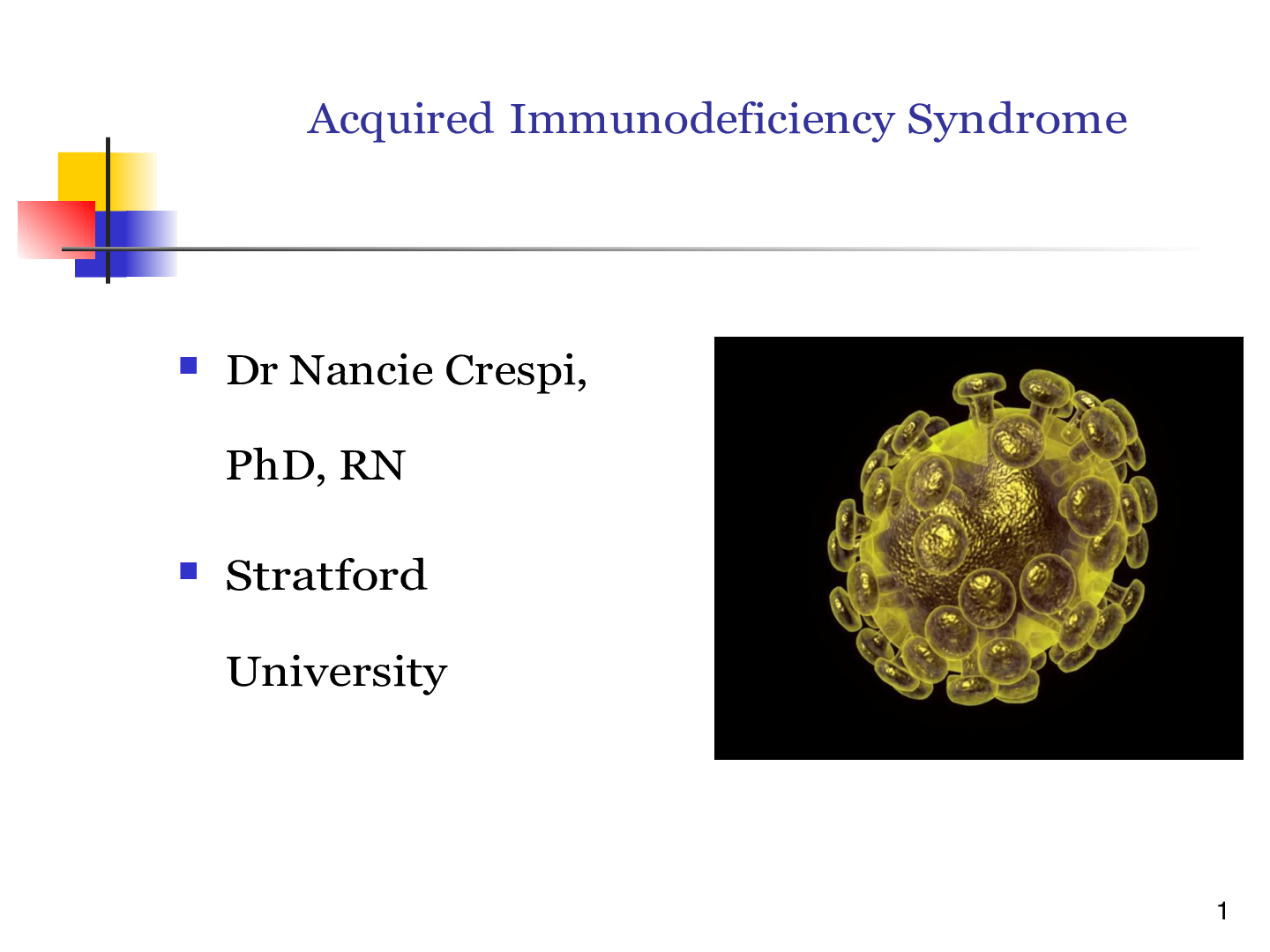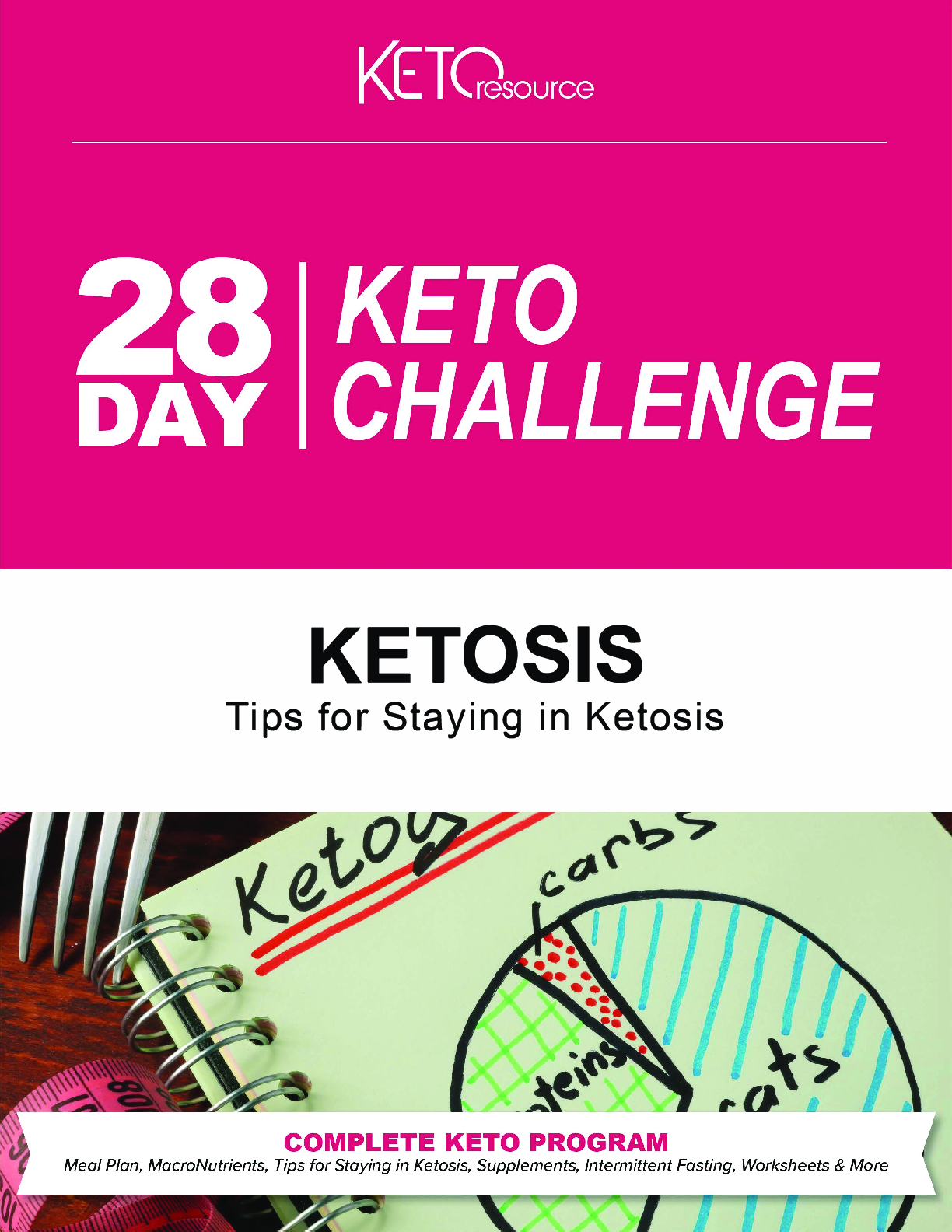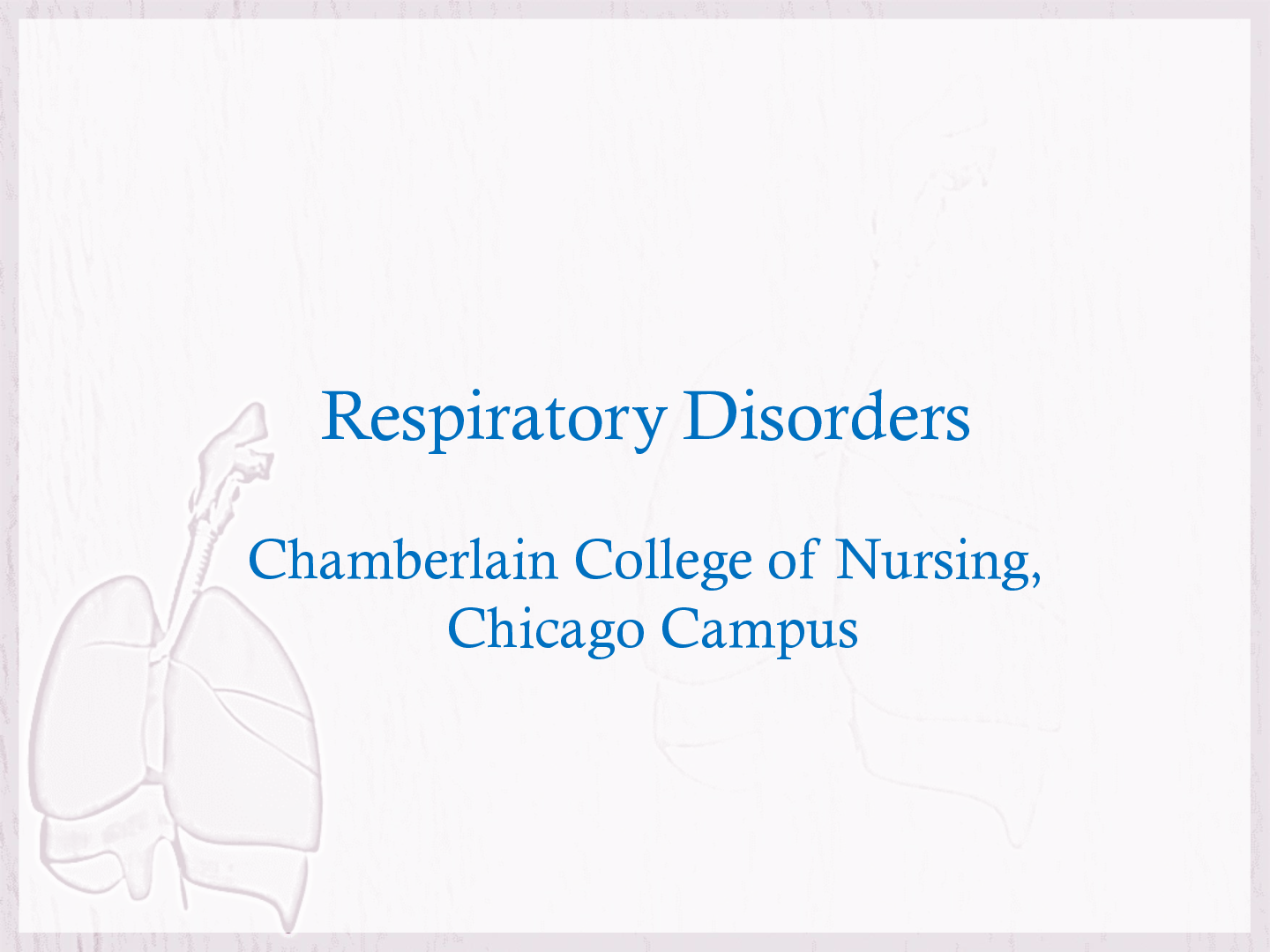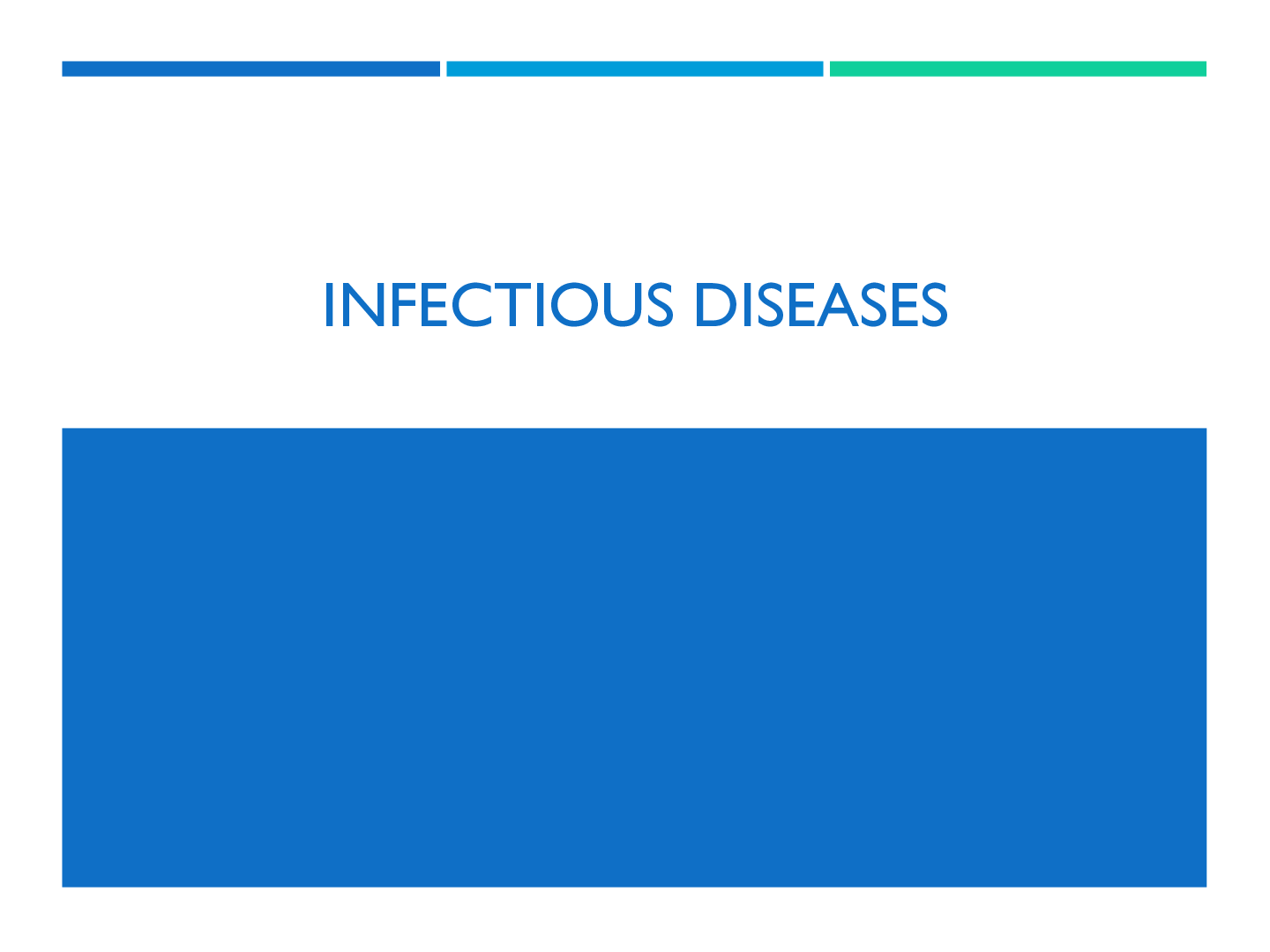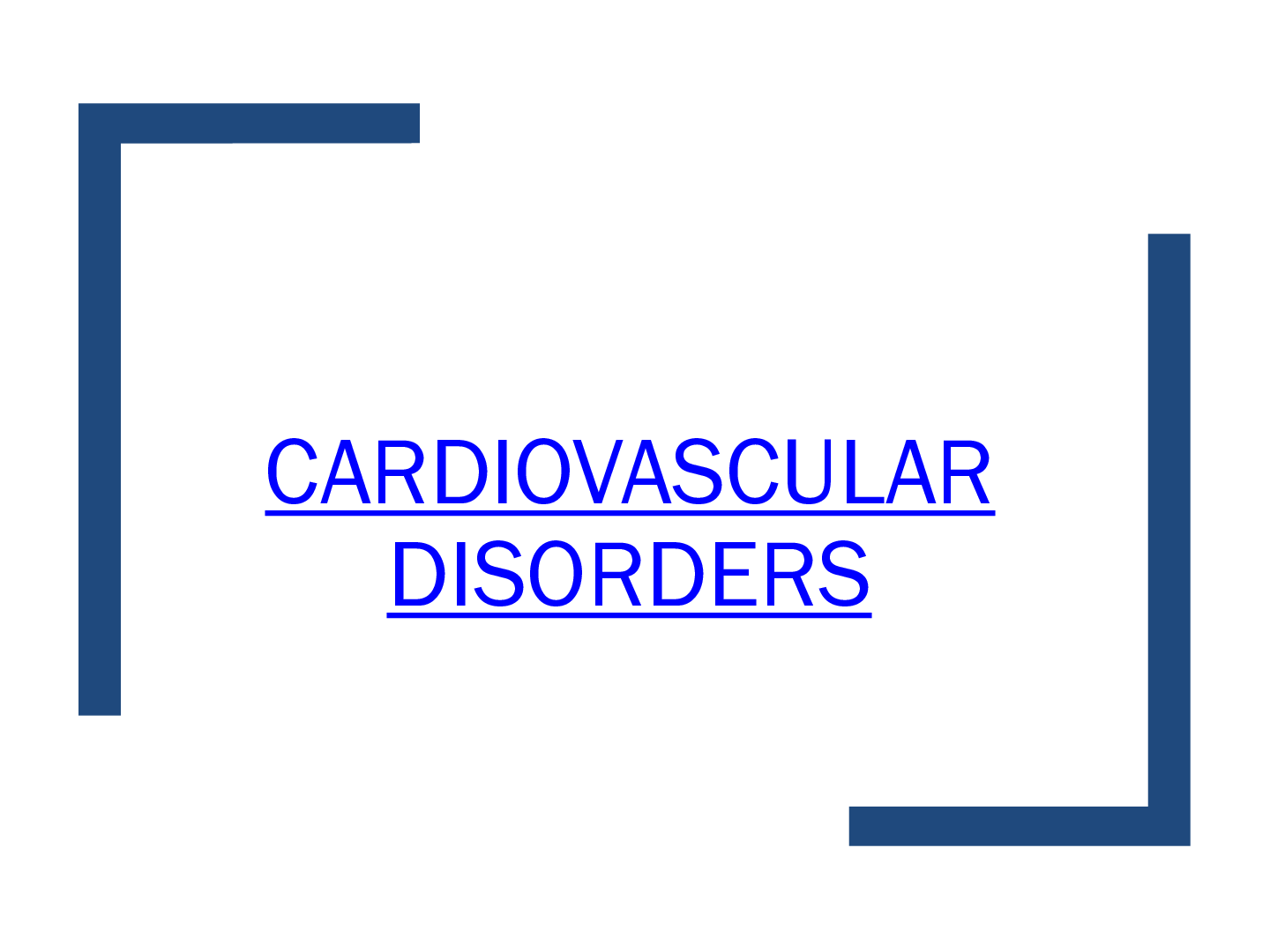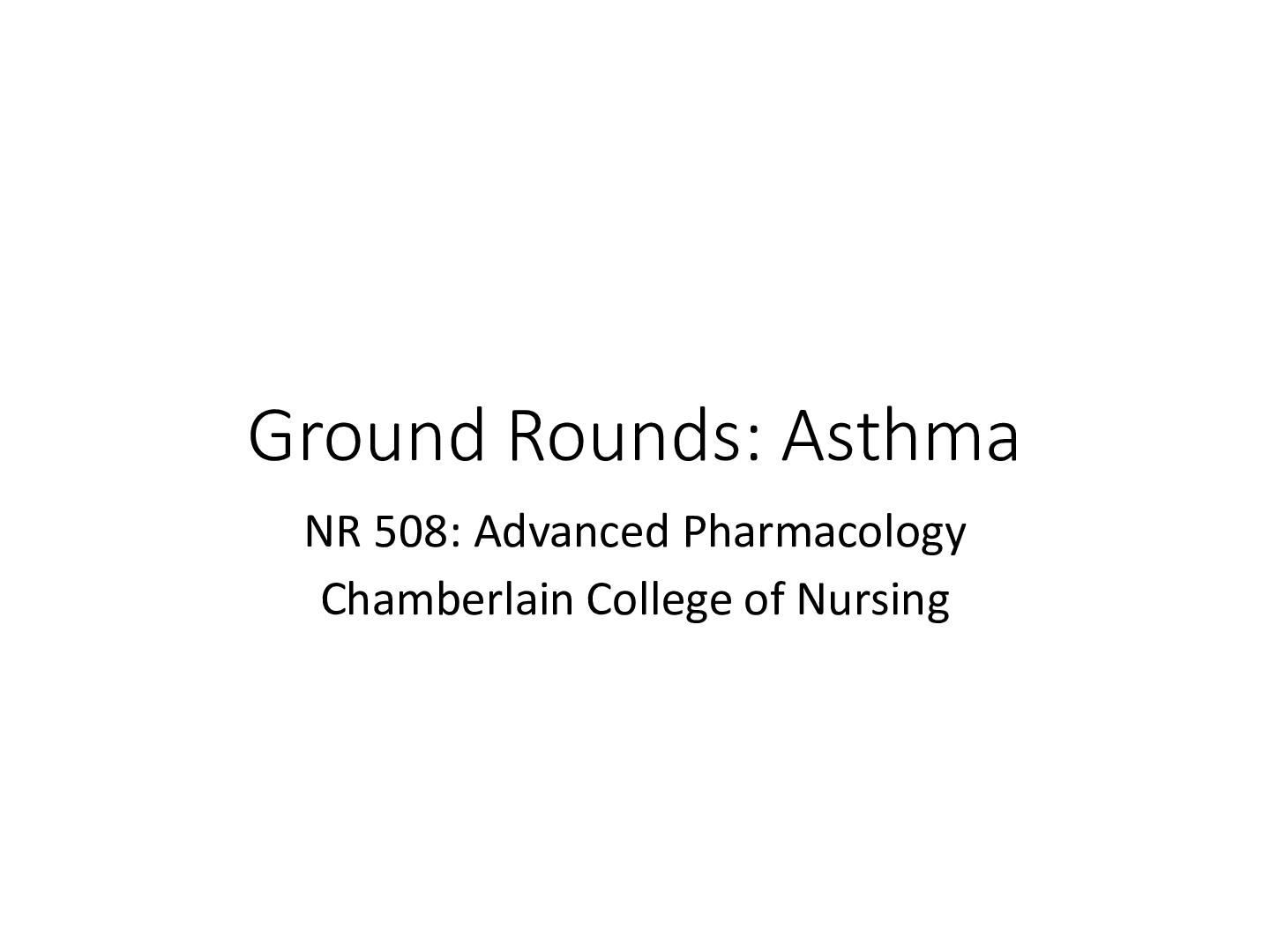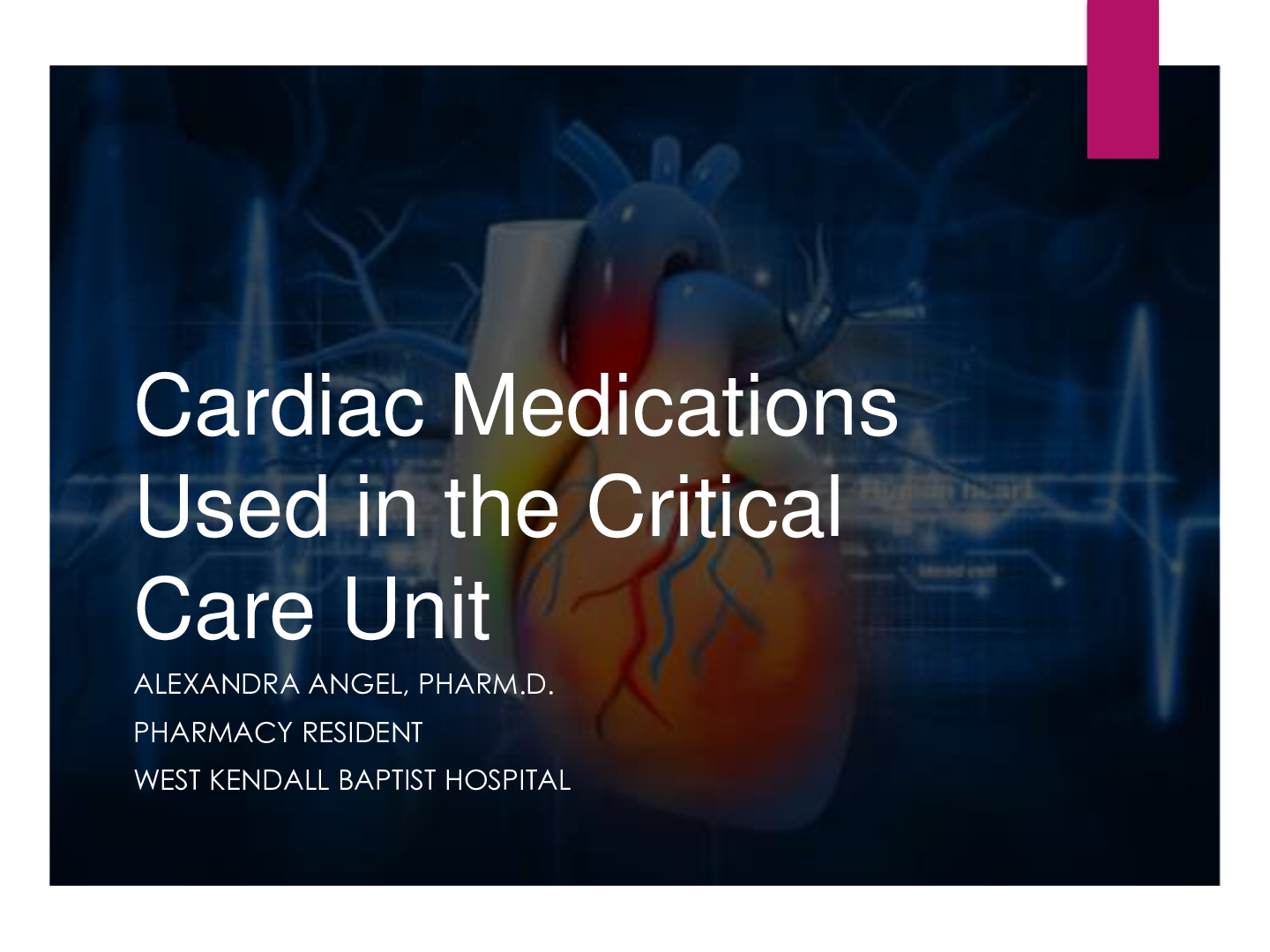*NURSING > Presentation > PEDS 602 Renal Presentation_2020 - Chamberlain College of Nursing | PEDS602 Renal Presentation_2020 (All)
PEDS 602 Renal Presentation_2020 - Chamberlain College of Nursing | PEDS602 Renal Presentation_2020
Document Content and Description Below
PEDS 602 Renal Presentation_2020 - Chamberlain College of Nursing PEDS602 Renal Presentation_2020 RENAL PRESENTATION Presented by: Melissa ParodiDisclaimer: NxStage has prepared this tool to assi... st providers in the development of their staff training materials. This document is not intended to replace the NxStage User’s Guide or Cartridge Instructions for Use. NxStage® is a registered trademark of NxStage Medical, Inc. TM0136 Rev. E OBJECTIVES Ò Comprehend General Physiology of Renal Function. Ò Discuss and differentiate various modalities continuous renal replacement therapy. Ò Attain knowledge on components and functionality of the NxStage device. Ò Perform basic skills of operation, monitoring, alarm troubleshooting, common procedures, documentation and termination of therapy. Ò Demonstrate ability to manage continuous renal replacement therapy on a simulated patient. Ò Recognizes the need for maintaining goal ultrafiltration rate for management of fluid and electrolytes. Ò Case Scenario Review for Strict I/O’s and CRRT calculation and documentation.Disclaimer: NxStage has prepared this tool to assist providers in the development of their staff training materials. This document is not intended to replace the NxStage User’s Guide or Cartridge Instructions for Use. NxStage® is a registered trademark of NxStage Medical, Inc. TM0136 Rev. E WHAT DOES THE KIDNEY DO?Disclaimer: NxStage has prepared this tool to assist providers in the development of their staff training materials. This document is not intended to replace the NxStage User’s Guide or Cartridge Instructions for Use. NxStage® is a registered trademark of NxStage Medical, Inc. TM0136 Rev. E HERE’S YOUR ANSWER….. Ò Vital Functions of the Kidneys: 1. Maintain fluid and acid-base balance as well as electrolyte concentration. 2. Detoxify blood & eliminating wastes. 3. Regulating blood pressure. 4. Aiding in RBC production. 5. Regulate Vitamin D & Ca+ Formation. Wulters Kluwer Health. (2009). Pathophysiology Made Incredibly Easy (4th Ed.) Lippincott, Williams & Wilkins Press. Ambler, PA.Disclaimer: NxStage has prepared this tool to assist providers in the development of their staff training materials. This document is not intended to replace the NxStage User’s Guide or Cartridge Instructions for Use. NxStage® is a registered trademark of NxStage Medical, Inc. TM0136 Rev. E FLUID AND ELECTROLYTE BALANCE Ò Regulates amount and make-up o- - - - - - - - - - - - - - - - - - - -nine x 2 Consider RRT UO < 0.5ml/kg/h x 12 hr Failure Increase creatinine x3 RRT recommended UO < 0.3ml/kg/h x 24 hr or Anuria x 12 hrs Loss Persistent ARF = complete loss of kidney function > 4 weeks ESKD End Stage Kidney Disease (> 3 months) •Basic management and possible prevention strategies can be deployed if we can identify patients w/ or at risk for AKI. •Starting CRRT prior to RIFLE-F stage may be the optimal timing. Prospective, multi-center, randomized controlled trials are needed to confirm its predictive value in these patients. Chen HD, Wang XW, Zhao S, et al. Predictive value of RIFLE classification on prognosis of critically ill patients with acute kidney injury treated with continuous renal replacement therapy. Chin Med J (Engl). 2009 May 5;122(9):1020-5.Disclaimer: NxStage has prepared this tool to assist providers in the development of their staff training materials. This document is not intended to replace the NxStage User’s Guide or Cartridge Instructions for Use. NxStage® is a registered trademark of NxStage Medical, Inc. TM0136 Rev. E ACUTE KIDNEY INJURY 1.Prerenal 2.Intrinsic 3.PostrenalDisclaimer: NxStage has prepared this tool to assist providers in the development of their staff training materials. This document is not intended to replace the NxStage User’s Guide or Cartridge Instructions for Use. NxStage® is a registered trademark of NxStage Medical, Inc. TM0136 Rev. E ACUTE KIDNEY INJURY Ò Prerenal É Due to renal hypoperfusion É Accounts for 40% of nosocomial renal failure. É CAUSES: Ð Hypovolemia Ð Low B/P Ð Vasoconstriction Ð Low Cardiac Output É PRERENAL AZOTEMIA: Ð Excess Nitrogen waste products in blood Ð Accounts for 40-80% of all cases of ARF Ð Easily fixed if bloodflow & glomerular filtration restored Carson, K & Rothwell, R. AACN Advanced Critical Care Nursing (2009). Saunders-Elsevier. St. Louis, MODisclaimer: NxStage has prepared this tool to assist providers in the development of their staff training materials. This document is not intended to replace the NxStage User’s Guide or Cartridge Instructions for Use. NxStage® is a registered trademark of NxStage Medical, Inc. TM0136 Rev. E ACUTE KIDNEY INJURY Ò Intrinsic (A.K.A. intrarenal or parenchymal renal failure) É Due to damaging of the filtering structures of the kidneys. ÐNephrotoxic substances: Certain drugs × Cocaine, Heroine Methadone à Rhabomyolysis × Contrast Dye à Tubular Cell Toxicity × Lithium à Glomerulonephriris × Dilantin à Acute interstitial nephritis. ÐAcute tubular necrosis: Disorder that causes cell death × Due mostly to ischemic injury and/or nephrotoxic injury × Seen commonly in critically ill or those who’ve undergone extensive Sx Wulters Kluwer Health. (2009). Pathophysiology Made Incredibly Easy (4th Ed.) Lippincott, Williams & Wilkins Press. Ambler, PA.Disclaimer: NxStage has prepared this tool to assist providers in the development of their staff training materials. This document is not intended to replace the NxStage User’s Guide or Cartridge Instructions for Use. NxStage® is a registered trademark of NxStage Medical, Inc. TM0136 Rev. E ACUTE KIDNEY INJURY Ò Postrenal É Results from obstruction of renal outflow. ÐProstatic hyperplasia ÐBladder outlet obstruction × Ex: (Kidney Stones) Wulters Kluwer Health. (2009). Pathophysiology Made Incredibly Easy (4th Ed.) Lippincott, Williams & Wilkins Press. Ambler, PA.Disclaimer: NxStage has prepared this tool to assist providers in the development of their staff training materials. This document is not intended to replace the NxStage User’s Guide or Cartridge Instructions for Use. NxStage® is a registered trademark of NxStage Medical, Inc. TM0136 Rev. E ACUTE KIDNEY INJURY: (SIGNS AND SYMPTOMS) Ò Depends on the cause: Ò Ex: Hemodynamic Changes: 1. Oliguria 2. Tachycardia 3. Hypotension 4. Dry mucous membranes 5. Lethargy à Coma 6. Low Cardiac Output Ò As it progresses.. Ò Ex: Uremia 1. confusion 2. GI complaints 3. Fluid in the lungs 4. Infection Wulters Kluwer Health. (2009). Pathophysiology Made Incredibly Easy (4th Ed.) Lippincott, Williams & Wilkins Press. Ambler, PA.Disclaimer: NxStage has prepared this tool to assist providers in the development of their staff training materials. This document is not intended to replace the NxStage User’s Guide or Cartridge Instructions for Use. NxStage® is a registered trademark of NxStage Medical, Inc. TM0136 Rev. E ACUTE KIDNEY INJURY: OTHER DIAGNOSTIC TESTS Ò LABS:Blood É Elevated BUN, Serum Creatinine and Potassium levels É Low pH, HCO3, H/H Ò LABS: Urine (If any) É Low Spec Gravity É Proteinuria (Glom. Disease) É Osmolality (Close to Serum) É Sodium below 20 mEq/L Ð Low Perfusion É Sodium above 40 mEq/L Ð Intrarenal problem Ò Creatinine Clearance É Measures GFR É Estimates number of working nephrons Ò ECG (D/T High K+) Ò Tall peaked T-Waves, Widening QRS & disappearing P Waves Ò Other Dx Tests Ò Renal U/S Ò CT Ò Renal Scans Wulters Kluwer Health. (2009). Pathophysiology Made Incredibly Easy (4th Ed.) Lippincott, Williams & Wilkins Press. Ambler, PA.Disclaimer: NxStage has prepared this tool to assist providers in the development of their staff training materials. This document is not intended to r- - - - - - - - - - - - - - - - - - -PG; Ing TS (2006). "Physiology of Peritoneal Dialysis". Handbook of dialysis. Lippincott Williams & Wilkins. pp. 323. Ò Fieghen, H.E., et. al. (2010). The hemodynamic tolerability and feasibility of sustained low efficiency dialysis in the management of critically ill patients with acute kidney injury. BMC Nephrology. 11:32. Ò Huether SE. (2002). Alterations of renal and urinary tract function. Pathophysiology: The Biologic Basis for Disease in Adults and Children. St. Louis, MO: Mosby;1191-1216. Ò Lough, M.E., Stacy, K.M. & Urden, L.D. (2010). Critical Care Nursing: Diagnosis and Management (6th ed.) Mosby Elsevier. St. Louis, MO. Ò NxStage System One User Manual. Ò Pannu, N., et. al. (2011) Modification of Outcomes After Acute Kidney Injury by the Presence of CKD. Am J Kidney Disease. Volume 58(2):206-13. Ò Wulters Kluwer Health. (2009). Pathophysiology made Incredibly Easy (4th Ed.) Lippencott, Williams & Wilkins Press. Ambler, PA. [Show More]
Last updated: 2 years ago
Preview 1 out of 21 pages

Buy this document to get the full access instantly
Instant Download Access after purchase
Buy NowInstant download
We Accept:

Reviews( 0 )
$12.50
Can't find what you want? Try our AI powered Search
Document information
Connected school, study & course
About the document
Uploaded On
Sep 26, 2020
Number of pages
21
Written in
Additional information
This document has been written for:
Uploaded
Sep 26, 2020
Downloads
0
Views
112


